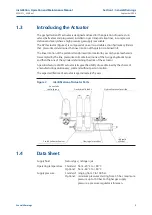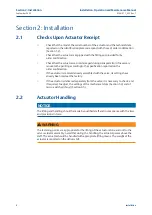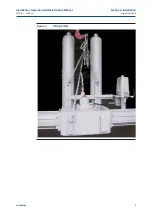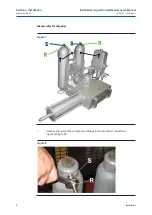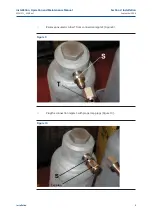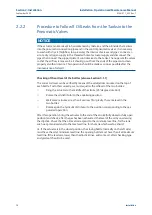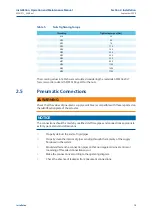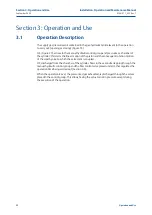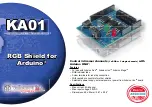
13
Installation, Operation and Maintenance Manual
MAN 571_EAC Rev. 1
September 2020
Installation
Section 2: Installation
2.3
Storage
If the actuator needs storage, before installation follow these steps:
•
Place it on a wood surface in order not to deteriorate the area of valve coupling.
•
Make sure that plastic plugs are present on the pneumatic and electrical
connections (if present).
•
Check that the cover of the control group and of the limit switch box (if any) are
properly closed.
If the storage is long-term or outdoor:
•
Keep the actuator protected from direct weather conditions.
•
Replace plastic plugs of pneumatic and electrical connections (if any) with metal
plugs that guarantee perfect tightness.
•
Coat with oil, grease or protection disc, the valve coupling area.
•
Periodically operate the actuator (Section 3.3).
2.4
Actuator Assembly on the Valve
2.4.1
Types of Assembly
For coupling to the valve, the housing is provided with a flange with threaded holes
according to Biffi standard tables (SCN6200 SCN6201). The number, dimensions and
diameter of the holes are made in accordance with ISO 5211, but for actuator models
0.3 to 6 the holes are drilled on the centreline in order to allow an easier assembly of an
intermediate flange, when required. This intermediate flange (or spool-piece) can be
supplied when the valve flange can not directly match the actuator flange in its “standard”
configuration. For the biggest actuator models, the actuator flange can be machined in
accordance with the valve flange dimensions.
The yoke has bored with keyways for coupling to the valve stem, the dimensions of which
are according to Biffi standard tables SCN6200 and SCN6201.





